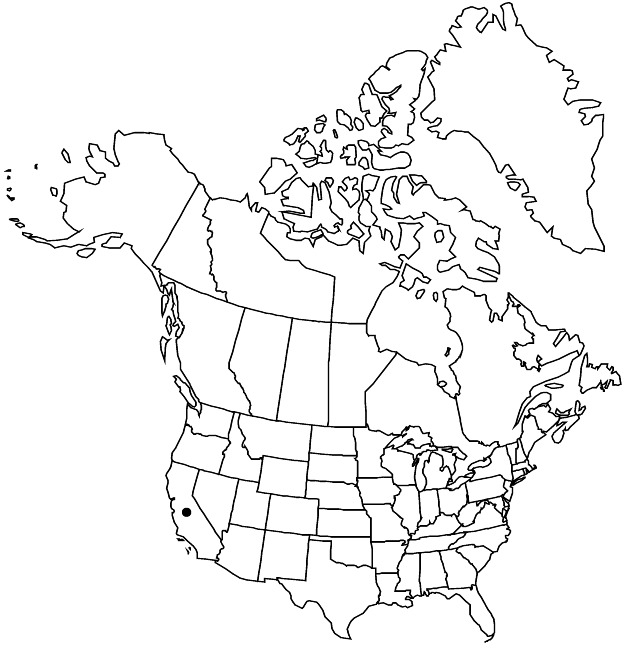Eriogonum molestum
Proc. Amer. Acad. Arts 17: 379. 1882.
Herbs, erect, 4–10 dm, glabrous, greenish to grayish. Stems: aerial flowering-stems erect, 1–4 dm, glabrous. Leaves basal; petiole 1–6 cm, floccose; blade round to reniform, (0.5–) 1–4 × (0.5–) 1–4 cm, densely white-tomentose abaxially, floccose to glabrate and mostly greenish adaxially. Inflorescences cymose, occasionally distally uniparous due to suppression of secondary branches, open, 30–80 × 10–50 cm; branches straight, not inwardly curved distally, glabrous; bracts 1–3 × 1–3 mm. Peduncles absent. Involucres appressed to branches, cylindric-turbinate, (3.5–) 4–5 (–7) × 2.5–3 (3.5) mm, glabrous; teeth 5, erect, 0.2–0.4 mm. Flowers 1.5–3 mm; perianth white to pink, rarely pale-yellow, glabrous; tepals monomorphic, oblong-obovate; stamens included, 1–1.5 mm; filaments pilose proximally. Achenes brown, 3-gonous, 2–2.5 mm, glabrous. 2n = 40.
Phenology: Flowering May–Sep.
Habitat: Sandy flats and slopes, grassland and chaparral communities, oak and montane conifer woodlands
Elevation: 1100-2200 m
Discussion
Of conservation concern.
Eriogonum molestum is infrequent to occasionally common in the San Bernardino (San Bernardino County) and San Jacinto (Riverside County) mountains, and in scattered mountain ranges of San Diego County, California. It is easily confused with the perennial E. nudum var. pauciflorum.
Selected References
None.
Lower Taxa
"narrowing" is not a number."dm" is not declared as a valid unit of measurement for this property.
